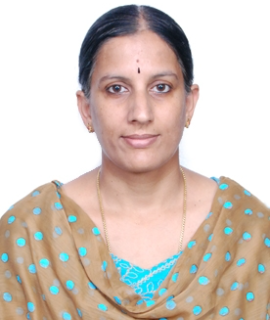Title : Estimation of nuclear genome size and its correlation with Ty1-copia like LTR retrotransposon and cell phenotypic traits
Abstract:
Bioenergy crops are often regarded as an important contributor in the mitigation of global climate change and energy security. Pongamia pinnata, Jatropha curcas, Ricinus communis and Mesua ferrea are four well known biofuel crops with versatile socio-economic values. The potentialities of these crops are dependent on extensiveness of knowledge of their genome structure. Thus, flow cytometric estimation of nuclear DNA content of these plants was made using propidium iodide (PI) as the DNA stain. The 2C DNA values were estimated to be 0.86 pg, 1.01 pg, 1.4 pg and 2.49 pg for Jatropha, Ricinus, Mesua and Pongamia respectively. Variation in genome size was observed among the plants collected from different geographic locations in Assam and was attributed mainly to climatic differences, along with the reverse transcriptase-RNase H (RT-RH) domains of the Ty1-copia retrotransposons. Dot blot analysis revealed that Ty1-copia accounts for 2 %, 6.21 %, 9.66 % and 2.5 % of total haploid nuclear genome of Jatropha, Ricinus, Mesua and Pongamia. Phylogenetic analyses showed that the RT-RH sequences were heterogeneous and resolved into distinct groups. Subsequently, environmental changes affecting phenotypic traits that are unswervingly responsible for growth and yield were studied. Inverse relationship of genome size with stomatal pore size, guard cell length, epidermal cell area and cell volume was observed whereas a linear relationship with stomatal density was seen. This comprehensive study effectively contributes to our understanding about genome organization and will provide valuable information for its utilization in future. Further, the information obtained from present study could be utilised for the development of new strategies to improve the existing genotypes.



